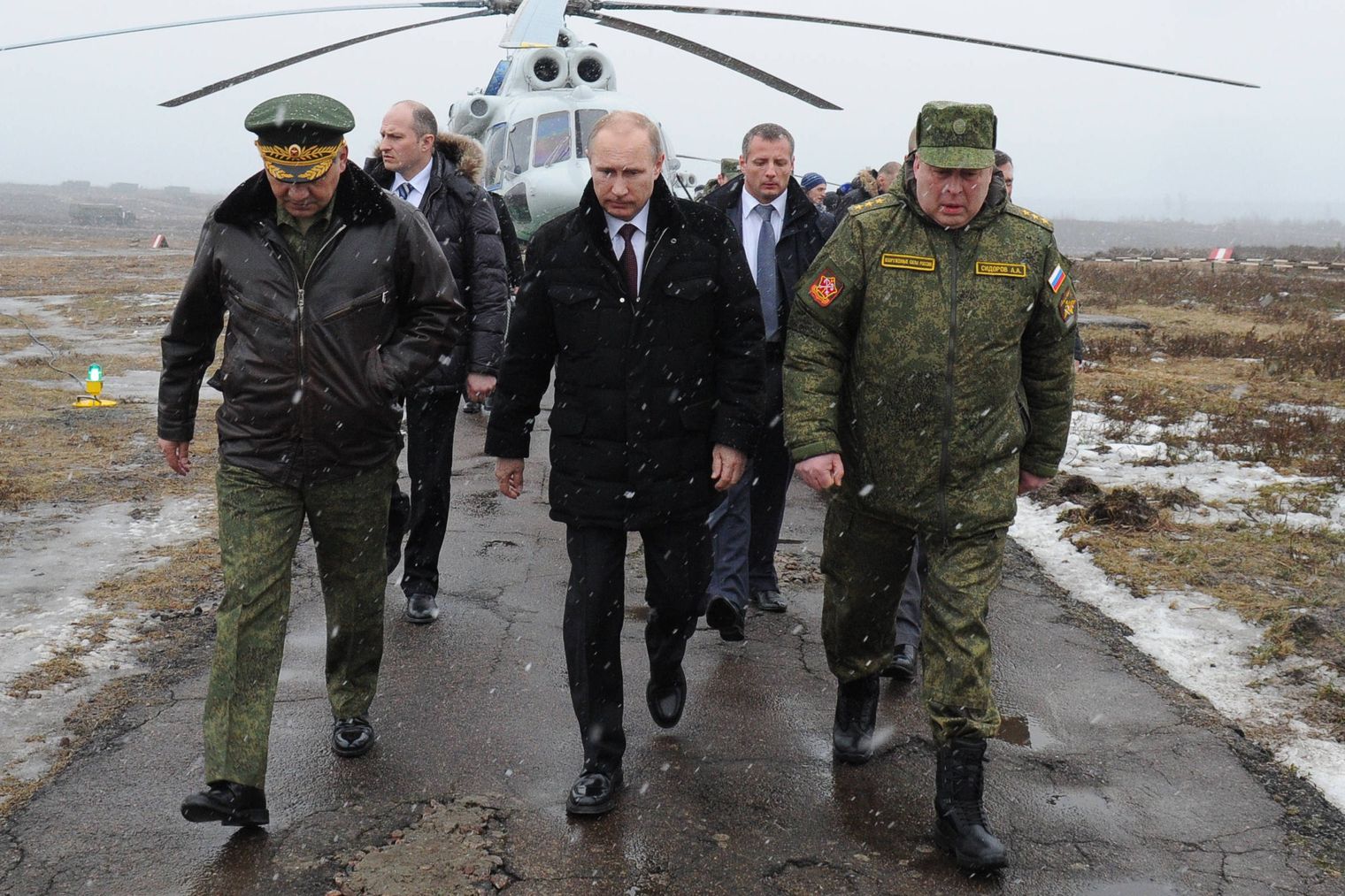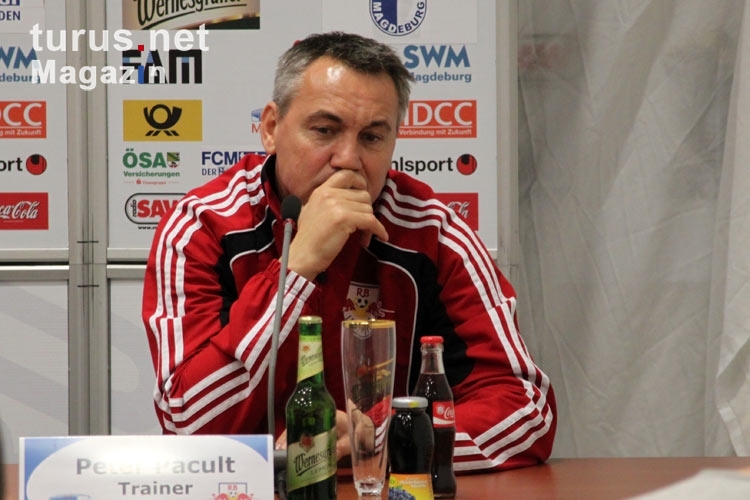Russia's Military Strategy And The Implications For Europe

Table of Contents
Key Components of Russia's Military Doctrine
Russia's military doctrine is multifaceted, incorporating a complex interplay of nuclear deterrence, conventional warfare capabilities, and hybrid warfare tactics.
Nuclear Deterrence
Nuclear weapons form the bedrock of Russia's security policy. The country's substantial nuclear arsenal, coupled with its modernization efforts, serves as a powerful deterrent against potential adversaries. This modernization includes developing new delivery systems and enhancing the survivability of its nuclear forces. Russia's doctrine allows for the potential use of tactical nuclear weapons under certain circumstances, leading to significant concerns regarding escalation.
- Modernization of nuclear arsenal: Russia invests heavily in upgrading its nuclear triad (land-based missiles, submarine-launched ballistic missiles, and strategic bombers).
- Escalation doctrine: Russia's military doctrine suggests a willingness to escalate conflicts, potentially including the use of nuclear weapons, if its vital interests are threatened.
- Potential for tactical nuclear weapons use: The possibility of using lower-yield nuclear weapons in a regional conflict raises significant concerns about the threshold for nuclear war.
Conventional Warfare Capabilities
Russia possesses formidable conventional military capabilities, particularly in ground forces. Its armored divisions and artillery units represent a significant conventional threat. However, weaknesses exist in other areas. Logistical shortcomings, limited air power projection capabilities relative to NATO, and a continued reliance on conscription hinder its overall effectiveness. Furthermore, Russia is increasingly investing in cyber warfare capabilities as a component of its overall military strategy.
- Strengths in armored warfare: Russia's ground forces remain a potent force, particularly in armored warfare and artillery.
- Weaknesses in logistics and air power: Russia's logistical capabilities and air power projection have proven to be vulnerable, as seen in recent conflicts.
- Reliance on conscription: Russia's reliance on conscripts, rather than a fully professional army, impacts the overall quality and readiness of its forces.
- Cyber warfare capabilities: Russia employs sophisticated cyber warfare techniques, targeting critical infrastructure and spreading disinformation.
Hybrid Warfare Tactics
Russia has demonstrated a proficiency in hybrid warfare, blending conventional military actions with non-military tools. This approach involves disinformation campaigns, cyberattacks, political interference, economic coercion, and the use of proxy forces to destabilize target regions and achieve strategic goals without direct military confrontation.
- Examples of hybrid warfare tactics: The annexation of Crimea and the ongoing conflict in Ukraine serve as prime examples of Russia's hybrid warfare tactics.
- Information warfare techniques: Russia leverages sophisticated information warfare techniques to manipulate public opinion and sow discord within targeted countries.
- Use of private military companies: Russia utilizes private military companies (PMCs) to conduct covert operations and deniable actions.
Geopolitical Objectives and Regional Ambitions
Russia's military strategy is intrinsically linked to its geopolitical ambitions, particularly concerning its "near abroad" and countering NATO expansion.
Near Abroad Influence
Russia actively seeks to maintain influence over the former Soviet republics, viewing them as part of its sphere of interest. This influence is exerted through various means, including political interference, economic pressure, military deployments, and energy leverage.
- Examples of Russian influence: Belarus, Ukraine, and Georgia are key examples of countries where Russia has actively pursued influence, often through destabilizing actions.
- Political interference: Russia interferes in the internal affairs of its neighbors through support for pro-Russian political parties and figures.
- Energy leverage: Russia uses its control over energy resources as a tool to exert influence and pressure on neighboring countries.
Challenges to the European Security Architecture
Russia's military actions and assertive foreign policy directly challenge the existing European security order. This necessitates a recalibration of security strategies by NATO and the EU.
- Increased military spending in European countries: European nations have responded to Russia's aggression by increasing their defense budgets.
- Strengthening of NATO alliances: NATO has strengthened its alliances and increased its military presence in Eastern Europe.
- Impact on European energy security: Russia's actions have highlighted the vulnerability of European energy security and spurred efforts to diversify energy sources.
Implications for European Security and Responses
The implications of Russia's military strategy for European security are profound, requiring concerted responses from NATO and the EU.
NATO's Response to Russia's Military Buildup
NATO has significantly enhanced its posture in Eastern Europe to deter Russian aggression. This includes deploying additional troops, conducting regular military exercises, and strengthening alliances with partner countries.
- Enhanced military presence in Eastern Europe: NATO has increased its military presence in the Baltic states and Poland.
- Increased military exercises: NATO conducts regular military exercises in Eastern Europe to demonstrate its commitment to collective defense.
- Strengthening of alliances with partner countries: NATO works closely with its partner countries in Eastern Europe to enhance regional security.
European Union's Security Policy and Cooperation
The EU plays a crucial role in addressing the security challenges posed by Russia. Its response includes economic sanctions, diplomatic efforts, and the development of its Common Security and Defence Policy (CSDP).
- Sanctions against Russia: The EU has imposed numerous sanctions on Russia in response to its military actions.
- Diplomatic efforts: The EU engages in diplomatic efforts to de-escalate tensions and find peaceful resolutions.
- Development of EU defense capabilities: The EU is working to enhance its defense capabilities to improve its ability to respond to security threats.
Conclusion
Analyzing Russia's military strategies reveals a complex picture involving nuclear deterrence, conventional military might, and sophisticated hybrid warfare tactics. Understanding Russia's military doctrine and its geopolitical goals is paramount for effective policymaking and conflict prevention. The implications for European security are significant, requiring sustained attention and a coordinated response from NATO and the EU. We must continue analyzing Russia's military strategies, understanding Russia's military doctrine, and assessing the implications of Russia's military actions to ensure European security and stability. Stay informed about the evolving dynamics to contribute to a more secure future.

Featured Posts
-
 2025 Unprecedented Weather Pummels Louisville With Snow Tornadoes And Flooding
Apr 29, 2025
2025 Unprecedented Weather Pummels Louisville With Snow Tornadoes And Flooding
Apr 29, 2025 -
 You Tubes Growing Appeal To Older Viewers A Resurgence Of Classic Content
Apr 29, 2025
You Tubes Growing Appeal To Older Viewers A Resurgence Of Classic Content
Apr 29, 2025 -
 The Culture Department Celebrates With The Annual Canoe Awakening
Apr 29, 2025
The Culture Department Celebrates With The Annual Canoe Awakening
Apr 29, 2025 -
 Republican Revolt Will Trumps Tax Plan Face Defeat
Apr 29, 2025
Republican Revolt Will Trumps Tax Plan Face Defeat
Apr 29, 2025 -
 Austria Wien Jancker Folgt Auf Pacult
Apr 29, 2025
Austria Wien Jancker Folgt Auf Pacult
Apr 29, 2025
